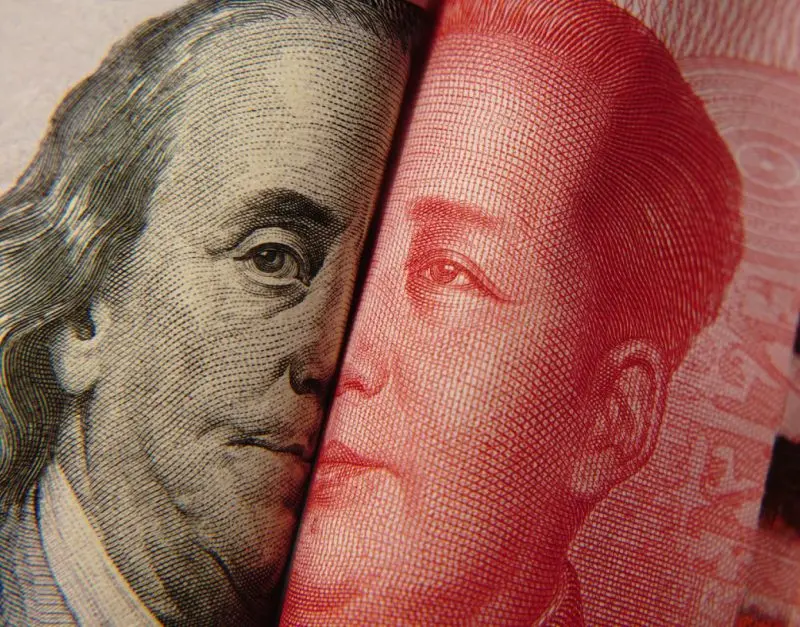The BRICS alliance is advancing at a faster pace to make the de-dollarization efforts a reality. Egypt is among the recent countries to ditch the U.S. dollar for international trade giving power to the de-dollarization strategy. Reuters reported that Egypt will pay for cross-border transactions with India with the Indian Rupee. Egypt will also settle trade with China by paying with the Chinese Yuan and Russia with the Russian Ruble.
Also Read: BRICS To Elaborate a Common Framework for European Countries
Additionally, Pakistan cleared payments with the Russian Ruble for oil imported from Russia and not the U.S. dollar. This is the first transaction between Moscow and Islamabad without using the U.S. dollar for cross-border settlement.
BRICS has mostly been successful in convincing other developing countries to pay with local currencies and not the U.S. dollar. This puts the USD in the back seat making it lose its status in the international financial order. If the new payment method gains prominence, then the dollar could begin to slip into a path of decline.
Also Read: Saudi Arabia To Challenge U.S. Dollar’s Supremacy by Funding BRICS Alliance
The greenback is now on a slippery slope and the BRICS bloc is in the driver’s seat. If many more countries join the alliance and accept the new currency, it could blow a death knell to Benjamin.
BRICS & The De-Dollarization Efforts


Russia and China are developing a new payment system to make it easier for other countries to pay with the upcoming BRICS currency. The move could make it easier and faster for other nations to settle imports and exports without the U.S. dollar.
The de-dollarization efforts from BRICS are bearing fruits and could challenge the U.S. dollar as the primary reserve currency.
Also Read: BRICS: 16 Asian Countries Move to Ditch the U.S. Dollar
The next summit will be held in August in South Africa and the BRICS bloc will combinedly decide the formation of a new currency. BRICS is an alliance of Brazil, Russia, India, China, and South Africa.











